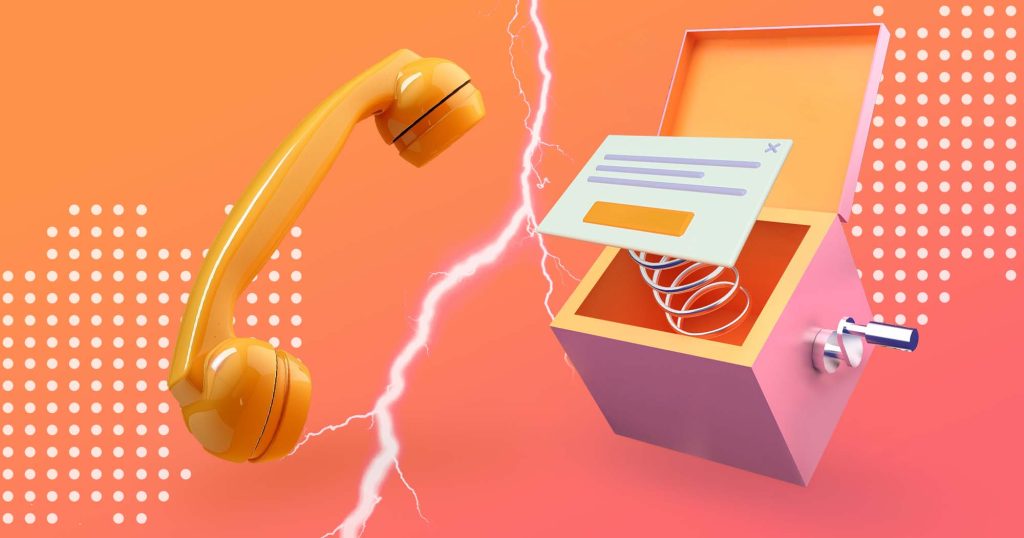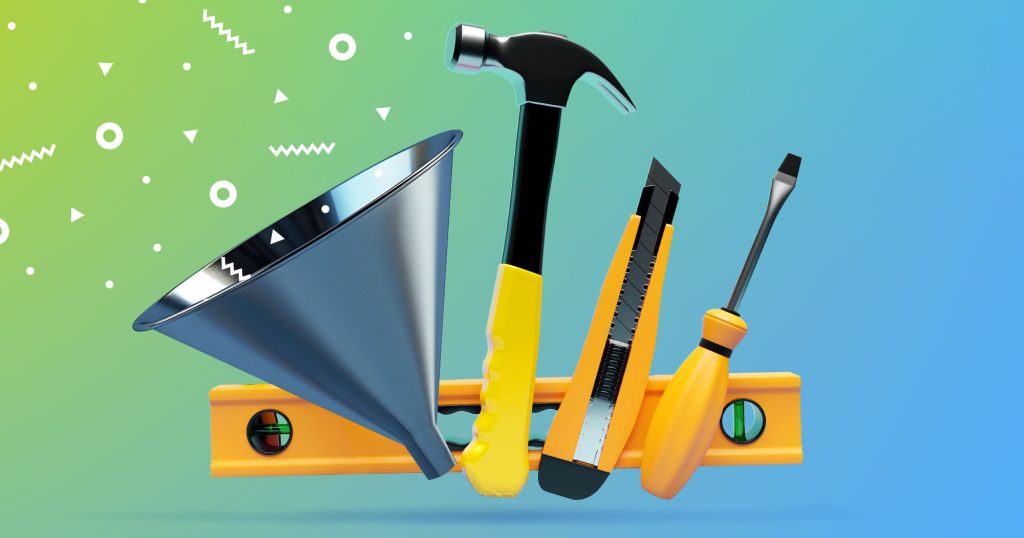Building a framework for cross-selling and upselling
No doubt, that upselling and cross-selling will significantly improve the health of your sales pipelines and boost sales. Here’s a proven framework you can use for integrating new upselling and cross-selling techniques:
1. Feel the difference between upselling and cross-selling
Yes, we’re going to repeat it one more time.
Cross-selling is about suggesting extra products or services and the item the customer wants to buy. On the other hand, upselling is selling a more expensive item than the customer is considering.
2. Understand your offers and customers
Make sure you know everything about the products or services you’re selling. You can compile a list of additional items and upgradable items. But you need to start by studying your target audience well to adapt your offer.
All offers should be relevant and personalized, no mass email.
3. Track and analyze your customer interactions
A/B test your offers and campaigns to create a powerful mix of the right sales instruments.
Think about purchase history, browsing behavior, and customer profiles to make accurate, personalized ideas. Implement CRM systems (which you’ll integrate with sales engagement tools like Reply) to track and analyze customer interactions and preferences and integrate them into your sales automation platform.
4. Create offers
Bundle complementary products together at a discount to encourage customers to purchase more. Create offers combining popular and less popular products to increase their visibility and sales. Be creative but not too much.
5. Segment your strategy
Include cross-sell and upsell options during different customer journey stages, such as product pages, checkout processes, and follow-up emails. Use pop-ups or sidebar recommendations on your website to suggest related products or upgrades.
Don’t be toxic and overpushy.
6. Follow up with your customers
After purchase, contact your customer with a follow-up email or social media message to ask for feedback and offer extra products that enhance or complement their purchase.
7. Analyze performance
Regularly analyze the performance of your cross-selling and upselling strategies. Look at metrics like conversion rates and average order value to gauge success. Create a dashboard to do it automatically.
Think about tracking these metrics to improve cross-selling and upselling:
- Conversion rate → shows how many customers actually say yes to offers, giving you insight into how your targeting and messaging are working. Just divide the number of successful offers by the total offers made and multiply by 100.
- Average Order Value (or AOV) → represents the average amount spent per transaction, handy for assessing upselling impacts. You need to divide your total revenue by the number of sales transactions.
- Customer Lifetime Value (or CLV) → estimates a customer’s total spending over their relationship with your business, reflecting customer retention benefits. Simply multiply the average sale value by the number of purchases a customer makes and then by their relationship duration with your company.
- Revenue Per User (or RPU) → shows the average revenue generated per customer, helping compare sales strategies. Calculate this by dividing your total revenue by the number of customers.
You can kill two birds with one stone by integrating these strategies—increase your sales and improve customer experience. This, in turn, can lead to greater customer loyalty and business success in the long run.
![Upselling and Cross-selling: The Go-To Guide [+7-Step Framework Inside] Upselling and Cross-selling: The Go-To Guide [+7-Step Framework Inside]](https://reply.io/wp-content/uploads/upsale-1080x567.jpg)




